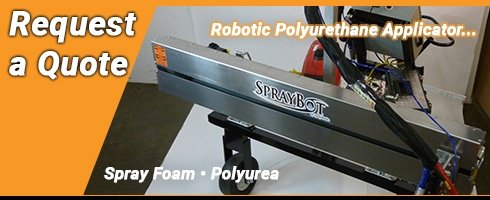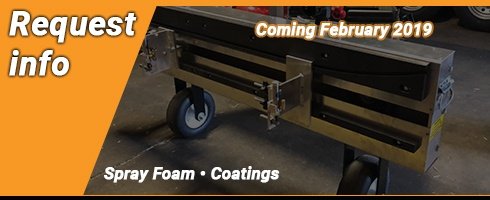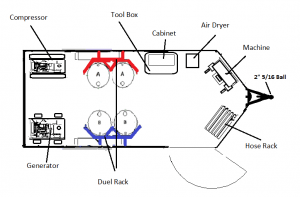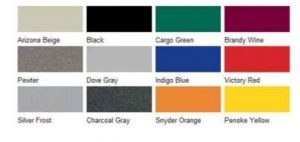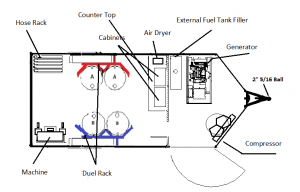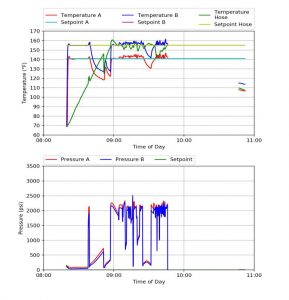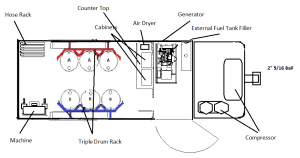June is National Safety Month and as we are wrapping up the month, there are some key areas workers should be vigilant of while working in the heat – especially moving into some of the hotter months.
- Wear properly ventilated suits: Many contractors don’t know that when it comes to protective wear, they have options. Some suits are designed for working better in the heat. While it can be tempting to remove it, it’s important to keep protective equipment on. Not only is it required by OSHA, but protective wear keeps you from inhaling fumes and being exposed to splashing chemicals.We suggest using more ventilated suits. Tyvek suits are a great option. Many workers cut slits in the back under the armpit area to keep cooler. Some suits are designed to be more protective in chest area and even have expanded mesh fabric under armpits that helps to vent well. These types of suits are commonly used in the food industry and car painting industry, but are great for polyurethane as well. The next time you purchase a protective suit, look at the features to identify the best suit for the time of year you are spraying.
- Properly ventilate your work area: Another common mistake when insulating enclosed spaces such as attics, is using an open mesh. Using an open mesh in a confined space can cause liquid to easily come in contact with skin. Although overspray stays off the skin, other issues can arise when coming in contact with chemicals. Here is a guide prepared by the American Chemistry Council on how to properly ventilate during installation.
- Alternate hours to avoid heat: If you have the option to adjust the times you work in specific areas of a house or structure, this can work to your benefit. Especially if you are working in an attic or confined space that holds heat. Commonly, when temperatures reach 80 to 100 degrees during the summer outside, confined or elevated work areas such as roofs or attics can achieve an increased temperature by an additional 10-20 degrees. If possible, it’s always best to get work done in high or elevated areas early in the morning or later in the afternoon in order to avoid peak heat times.
- Pump fresh air into work area: Imagine holding your breath under water, eventually you need to come up because your lungs need more oxygen. The same goes for spraying in a confined area. Confined spaces eventually need to be ventilated with fresh oxygen before you run out. Neglecting to do so could cause serious health issues for workers or even death. American Chemistry Council states, “… air can be provided passively through various penetrations in the containment zone (e.g., windows, doors, exterior vents and other openings) or through a dedicated active forced-air inlet system consisting of a supply point, ductwork and second supply fan.” Read more about how to supply fresh air to contained spaces here.

